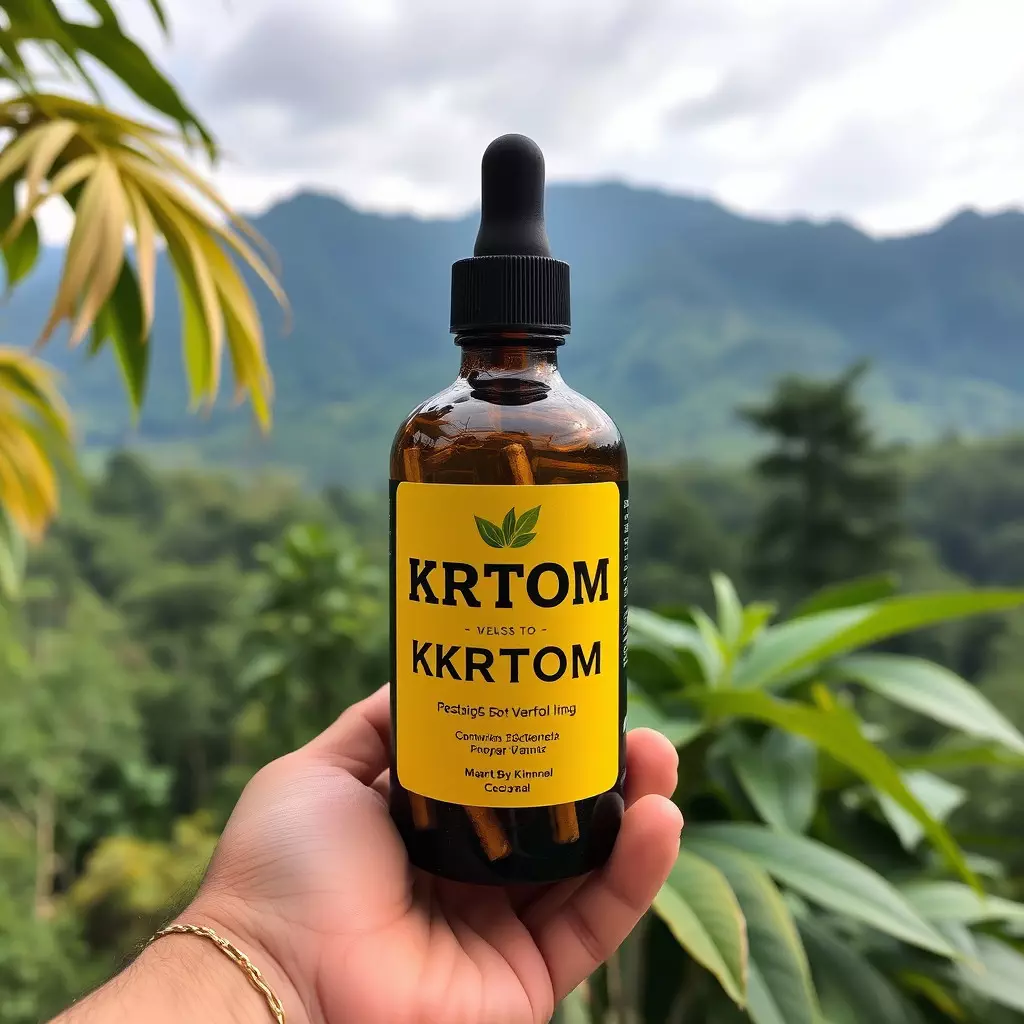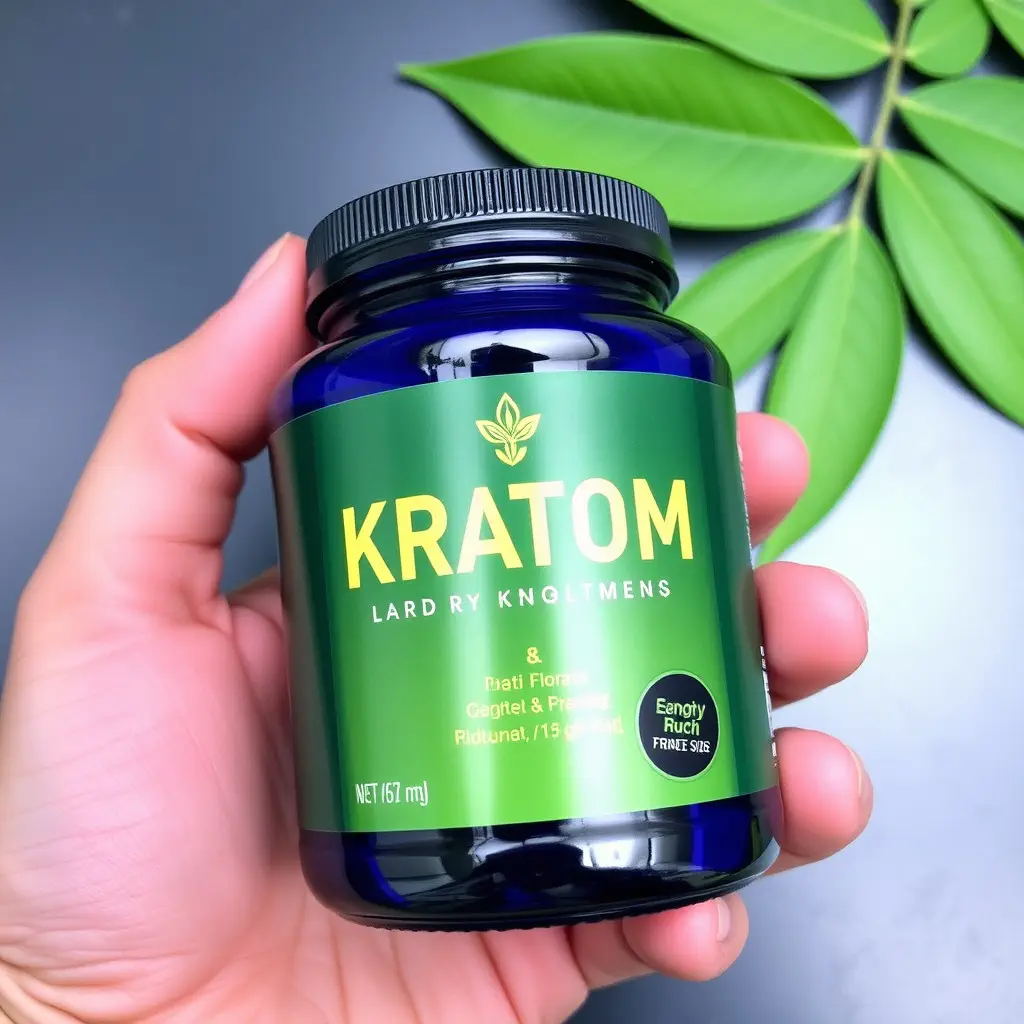Kratom, derived from the Mitragyna speciosa tree, is a subject of interest for athletes due to its potential ergogenic properties, which include enhanced energy, focus, and pain relief. However, its use must be approached with caution as it can lead to adverse effects like nausea and may impair coordination or judgment, increasing injury risk. The effects of kratom are highly individualized, dependent on factors such as dosage, metabolism, and strain. Moreover, due to its structural similarity to opioids, kratom can result in false positives for opiates on drug tests, which is particularly relevant under the World Anti-Doping Agency's (WADA) regulations. Athletes should be aware that even responsible use of kratom outside of competition windows can lead to failed drug tests. The legal status of kratom varies by region, adding complexity to its use. There are also concerns about blue lotus and its potential to show up on a drug test due to cross-reactivity with opiate tests, emphasizing the need for informed decision-making. Athletes should consult with healthcare providers or sports nutritionists before considering kratom as part of their training regimen, to ensure compliance with anti-doping rules and to understand the risks involved. Safety, legal implications, and the avoidance of inadvertent doping violations are paramount when evaluating the role of these substances in athletic performance enhancement.
Kratom, derived from the leaves of the Mitragyna speciosa tree, has garnered attention in athletic circles for its potential performance-enhancing properties. This article delves into the complex interplay between kratom’s impact on endurance and strength, its regulatory status under drug testing protocols, and the legal and safety implications for athletes considering its use. While exploring kratom’s alkaloid profile and its relation to athletic performance, we also touch upon its similarities with substances like blue lotus, which raises questions about its detectability in drug tests. Athletes seeking an edge must carefully weigh the benefits against the potential risks and consequences. Join us as we unravel these aspects of kratom’s role in sports performance support.
- Unraveling the Impact of Kratom on Athletic Performance and Its Compatibility with Drug Testing Regulations
- Kratom's Role in Enhancing Endurance and Strength: A Closer Look at Alkaloid Profiles
- Navigating the Legalities and Safety Considerations of Using Kratom for Athletic Support
Unraveling the Impact of Kratom on Athletic Performance and Its Compatibility with Drug Testing Regulations

Kratom, derived from the leaves of the Mitragyna speciosa tree, has garnered attention in various circles for its potential effects on energy, focus, and pain relief, which are highly relevant to athletic performance. Unraveling the impact of kratom on athletic performance reveals a dual-edged sword; while some athletes report enhanced stamina and reduced perception of exertion during training, the substance’s alkaloids can also lead to adverse effects such as nausea and increased risk of injury due to altered coordination or judgment. The extent to which kratom influences performance is individual and can vary based on dosage, metabolism, and the specific strain consumed.
When it comes to compatibility with drug testing regulations, kratom poses a complex challenge. Its structural similarity to opioids can cause it to show positive for opiate use in certain tests, which may lead to false positives. This overlap has significant implications for athletes subject to regular drug screenings under the World Anti-Doping Agency (WADA) regulations or other sports leagues’ policies. Athletes considering kratom must be aware that its presence can trigger a flag in testing, even if used responsibly and outside of competition windows. It is crucial for athletes to consult with their healthcare providers and understand the potential consequences before incorporating kratom into their regimen, especially given the stringent and evolving nature of drug testing regulations in sports. Can blue lotus show on a drug test? While it is not specifically targeted by standard screenings, the risk of cross-reactivity with opiate tests cannot be entirely ruled out, necessitating careful consideration and due diligence by athletes.
Kratom's Role in Enhancing Endurance and Strength: A Closer Look at Alkaloid Profiles

Kratom, a plant originating from Southeast Asia, has gained attention in athletic circles for its potential ergogenic properties. The leaves of kratom contain a variety of alkaloids, primarily mitragynine and 7-hydroxymitragynine, which are believed to play a role in enhancing both endurance and strength in users. Mitragynine, the most abundant alkaloid, is known for its stimulatory effects, which may help athletes push beyond their usual limits by increasing energy levels and reducing feelings of fatigue. Conversely, 7-hydroxymitragynine exhibits opioid-like properties that could potentially augment muscle strength and stamina. The synergistic effect of these alkaloids can contribute to improved athletic performance, allowing users to train harder and recover faster.
However, it is crucial for athletes to approach the use of kratom with caution, as its interaction with performance-enhancing drugs (PEDs) or other medications can be unpredictable. Additionally, the legal status of kratom varies by region, and its detection on drug tests can pose complications. While the alkaloids in kratom might not directly correlate to anabolic effects seen in traditional PEDs, their impact on pain perception, endurance, and strength must be carefully considered within the framework of sporting regulations. It is important for athletes to be aware that compounds similar to those found in kratom, such as blue lotus, can also show up on drug tests, potentially leading to consequences under anti-doping rules. Therefore, athletes considering the use of kratom or any related substances should thoroughly review the World Anti-Doping Agency (WADA) Prohibited List and consult with experts or sports nutritionists to ensure compliance with the rules governing their sport.
Navigating the Legalities and Safety Considerations of Using Kratom for Athletic Support

When integrating kratom into an athletic regimen for performance support, athletes and coaches must first navigate the complex legal landscape that surrounds this mitragynine-containing herb. Kratom’s status varies by jurisdiction, with some regions classifying it as a controlled substance akin to narcotics, while others allow its sale and use under certain conditions. It’s crucial for individuals to be aware of their local laws before considering kratom for athletic performance enhancement. Moreover, the potential for kratom to trigger positive results on drug tests, particularly those sensitive to the presence of opioid-like compounds, poses a significant risk for athletes subject to testing under sports governing bodies. The similarity in chemical structure between kratom’s alkaloids and those found in opioids can lead to false positives, which could have profound implications on an athlete’s career.
Safety considerations are paramount when exploring the use of kratom. Reports of adverse effects, including withdrawal symptoms and interactions with other substances, underscore the need for caution. Athletes should approach the use of kratom with a clear understanding of its potential benefits, such as pain relief and increased stamina, alongside possible risks. It is advisable to consult with healthcare professionals or sports scientists before incorporating kratom into an athletic performance program. Additionally, athletes should be vigilant about dosage and frequency to minimize the risk of negative health outcomes. Can blue lotus show on a drug test is a question that requires definitive answers based on the specific testing methods used, as well as the legal context in which the athlete operates. Proper due diligence and informed decision-making are essential for maintaining both athletic eligibility and personal well-being.
In conclusion, the exploration of kratom’s role in athletic performance support presents a multifaceted narrative. The potential benefits of this botanical supplement, particularly its alkaloids, to enhance endurance and strength have been scrutinized against the backdrop of drug testing regulations, revealing a complex interplay that athletes must navigate carefully. While kratom may offer significant advantages in terms of physical performance, it is imperative to consider its legal status and safety implications within the context of competitive sports. Moreover, the question of whether blue lotus can show on a drug test underscores the necessity for due diligence and responsible use. Athletes interested in incorporating kratom into their training regimen should proceed with caution, taking into account the nuances of its compatibility with athletic competition rules and the importance of maintaining fair play.






